Royal Aeronautical Society Podcast
The Royal Aeronautical Society is the world’s only professional body dedicated to the entire aerospace community. Established in 1866 to further the art, science and engineering of aeronautics, the Society has been at the forefront of developments in aerospace ever since.
Episodes
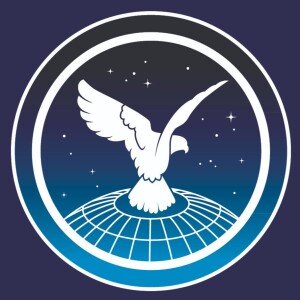
Thursday Jun 20, 2019
Thursday Jun 20, 2019
After the death of Otto Lilienthal, the vital impulse compelling research on man-flight passed from Europe to America. In this paper, Dick Hallion looks at the two of the Wright Brothers immediate contemporaries, Octave Chanute and Samuel Langley, before moving onto the early life and work of Wilbur and Orville Wright and the selection of Kitty Hawk as their test ground.
The lecture concludes with a question and answer session.
The lecture was part of a seminar, "The beginnings of powered flight: The Wright Brothers contribution to aviation", which was organised by the Royal Aeronautical Society’s Historical Group on 10 May 2003. The podcasts were edited by Mike Stanberry FRAeS and they were digitised thanks to a grant from the Royal Aeronautical Society Foundation.
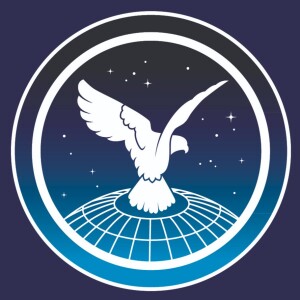
Thursday Jun 20, 2019
Thursday Jun 20, 2019
Covering 2000 years of history in 40 minutes flat, John Ackroyd outlines the scientific and the practical paths to achieving powered flight. Starting with the theoretical achievements made by, amongst others, Sir Isaac Newton and Sir George Cayley, and the developments in aerodynamic knowledge brought by experiments of the whirling arm and an understanding of fluid flow, John Ackroyd moves onto looking at the late nineteenth century aircraft concepts of John Stringfellow, Horatio Philips, Otto Lilienthal, Percy Pilcher, Sir Hiram Maxim and Samuel Langley. Serendipity, Ackroyd argues, brought the two paths together to enable the Wright Brothers to fly.
The lecture concludes with a question and answer session.
The lecture was part of a seminar, "The beginnings of powered flight: The Wright Brothers contribution to aviation", which was organised by the Royal Aeronautical Society’s Historical Group on 10 May 2003. The podcasts were edited by Mike Stanberry FRAeS and they were digitised thanks to a grant from the Royal Aeronautical Society Foundation.
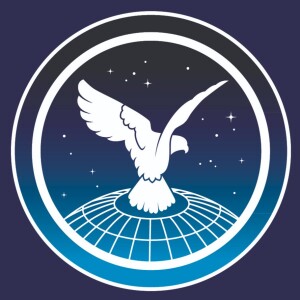
Wednesday May 29, 2019
Wednesday May 29, 2019
Captain Hugh Dibley FRAeS careers started at the dawn of the civil jet age, with the navigator using the stars as a guide. In this interview with AEROSPACE’s Tim Robinson, he describes life in the cockpit from the piston-engined airliners such as the Douglas DC7, to the de Havilland Comet, to Boeing 707 and 747 right up until Airbus FBW, as well a second career as racing driver in the swinging 60s and the clash in cultures between BEA and BOAC.
Hugh Dibley was interviewed by Tim Robinson in 2019 and was edited by Mike Stanberry FRAeS.
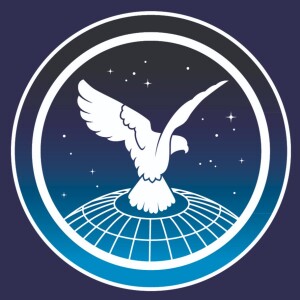
Wednesday May 22, 2019
Wednesday May 22, 2019
This Aerospace Medicine Group lecture presented by WO James Parkin RNMH BSc Hons, Specialist Nurse Advisor Mental Health, Royal Air Force.
The lecture objectives are:
- To explain how occupational mental health services are delivered in Defence and what the UK laydown is
- To explain the care pathways and service provision of occupational mental health to Aircrew, ATC and RPAS Aircrew
- To share annual outcome data of care pathways and return to unrestricted duties for those groups
- To share the RAF expertise in Mental Health Aeromedical Evacuation
- To share anonymised case examples to illustrate strategic and tactical capabilities
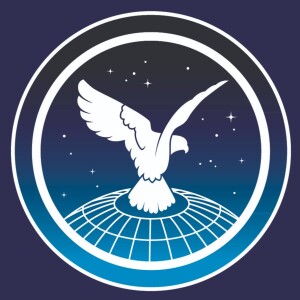
Tuesday Apr 23, 2019
Tuesday Apr 23, 2019
In this last part of his interview, aerospace PR man Mike Savage tells us about being the sole passenger on an Eastern Airlines Constellation; the incident aboard the banana freight DC-4 from South America to Miami, the piano-playing Dr Omar Fontana buying BAC 1-11s for cash, the incident of the exploding cigar at the BAC chalet at Farnborough; the lost BAC promotional radio tape in New Zealand; the Omani Royal VC10 and how Mike and the entire crew of a Saab 2000 were arrested for two days by military police in Asia for filing the wrong flight plan on their way to the Australian Air Show.
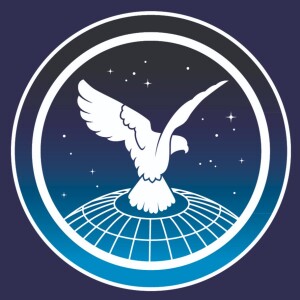
Tuesday Apr 23, 2019
Tuesday Apr 23, 2019
Touring the world in Concorde was a key part of Mike Savage’s public relations work for the British Aircraft Corporation. After explaining why he chose to leave the ailing Handley Page Limited, he tells stories of his early days at BAC including selling the BAC 1-11 to Gulf Aviation and why a Japanese man fell through a toilet floor, before moving onto his part in promotional and endurance testing flights in the Aerospatiale/BAC Concorde, including conversations with the Archbishop of Canterbury, going to and from Beirut by different forms of transport and dealing with 106 litres of whiskey at Gander.
Mike Savage FRAeS was interviewed in January 2019 by Bill Read FRAeS and the podcast was edited by Mike Stanberry FRAeS.
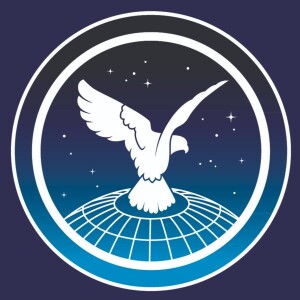
Tuesday Apr 23, 2019
Tuesday Apr 23, 2019
Aerospace public relations legend Mike Savage tells stories about his apprenticeship at de Havillands, including his interview that ended up with Mike, Geoffrey de Havilland and the entire interview board firing off toy rockets and being part of a recording-breaking team to break the long-distance record for driving a lawnmower from Edinburgh to London. After his time at Hatfield and a spell in the RAF, Mike’s move to Handley Page's public relations department created more anecdotes including a bid to sell Handley Page Heralds to Air Bremen was spectacularly lost during a dinner reception and a plan to dig a swimming pool for Sudan Airways.
Mike Savage FRAeS was interviewed in January 2019 by Bill Read FRAeS and the podcast was edited by Mike Stanberry FRAeS.
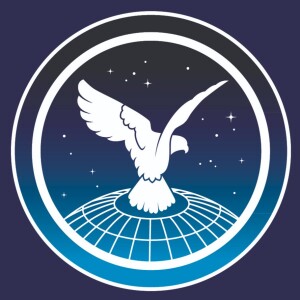
Friday Mar 22, 2019
Friday Mar 22, 2019
An American showman turned member of the British Army’s Balloon School, Samuel Franklin Cody used his imagination for aviation, endless courage and engineering virtuosity to become the first man in Britain to fly in an aircraft of his own making and to stand beside the Wright Brothers as the first people to be awarded the Royal Aeronautical Society’s medals.
In this podcast historian Peter Reese tells the story of how a man moved from performing a Wild West Show to becoming an aeronautical pioneer by firstly building man-carrying kites and then to build and fly the first British aeroplane, before showing how, once the War Office declared against constructing aeroplanes in favour of airships, Cody continued to build and race award winning aeroplanes on his own behalf and outfly other aviators of the period.
The podcast was produced by Mike Stanberry FRAeS and recorded specially for the Royal Aeronautical Society’s Podcast series during 2019.
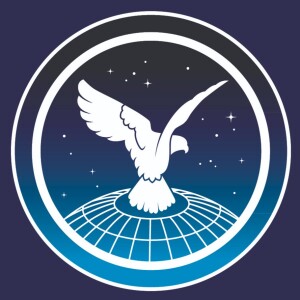
Friday Mar 22, 2019
Friday Mar 22, 2019
World War I RFC pilot and interwar RAF Officer Sir Vernon Brown describes the aircraft that he flew and managed during the World War I and into the interwar period. Packed with anecdotes, including becoming one of the first men to survive an aircraft spin, Sir Vernon takes us through his thoughts on aircraft of the period including the Maurice Farman Longhorn and Shorthorn, the Vickers FB5a Gunbus, the Royal Aircraft Factory BE2a and BE2c, the de Havilland DH1 and DH2 and Sopwith’s Triplane and Strutters, together with his views of the seaplanes and flying boats of the period. He also reminisces about his time learning to fly in 1915, commanding 84 Squadron during the 1920 Iraqi Rebellion and working alongside Sir Henry Tizard, Lord Cherwell and Prof B Melvill Jones.
Sir Vernon Brown gave the lecture to the Royal Aeronautical Society’s Historical Group on 10 February 1969. The podcast was edited by Mike Stanberry FRAeS and it was digitised thanks to a grant from the Royal Aeronautical Society Foundation.
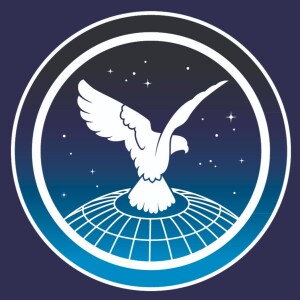
Friday Mar 22, 2019
Friday Mar 22, 2019
Roderick Collar was at the centre of aeroelastic research during the interwar period and during World War II. In this lecture he shows an audience of historians how he and his fellow scientists unravelled the mysteries of how aerodynamics, elastic and inertia forces interact.
Staring off by showing how the Wright Brothers overcame the problems in their kites and aeroplanes and how Griffith Brewer used an 1913 article in Flight to described how monoplanes wings collapsed in flight with often fatal consequences, he then explains how he and his fellow scientists explored the problems around flutter in the 1920s and made other theoretical advances in later years to explain many aeroelastic problems including vibration, flutter and quasi-static deformation.
Prof Collar gave the lecture to the Royal Aeronautical Society’s Historical Group on 13 December 1977. The podcast was edited by Mike Stanberry FRAeS and it was digitised thanks to a grant from the Royal Aeronautical Society Foundation.





